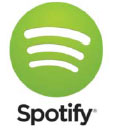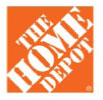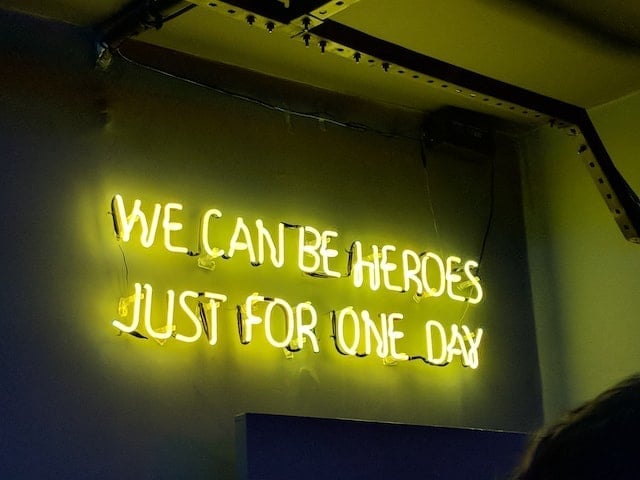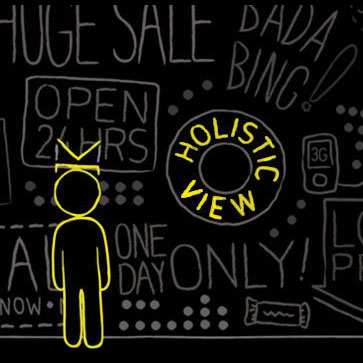Multi-Colored Web Brands - 'Net Advertising

There has been a resurgence in display advertising over the past few years thanks in great part to "retargeting" emerging as a viable opportunity for promoters of digital brands. This unique approach to advertising makes it more important than ever for enterprise teams to ensure the creative assets they're using to promote their products and services are doing their job, establishing awareness while driving action (including both clicks and conversions).
When promoting products through display advertising, it is essential brands realize that consumers place visual appearance and color very high on the list of important factors when performing their virtual shopping and browsing. It doesn't just extend to the actual products themselves, but also to individual elements within the creative asset (the ad).
The reason that color choices are so important is because they increase recognition, which links to consumer confidence (and we should all know that ultimately leads to more conversions). In fact, data from KISSmetrics has revealed that color actually increases brand recognition by a whopping 80 percent; it's hard to deny that color plays a role, but that's not all. Colors also make consumers "feel" a certain way. As a result, advertising needs to be designed to capitalize on those feelings. While strong calls-to-action and compelling imagery are important, the actual colors used in advertising carry great influence, presenting significant opportunities for advertisers to turn browsers into buyers.
So what do different colors actually mean to end-users; what feelings do they convey that marketers can leverage? Let's take a closer look at the general available color palette and what designer of ads or managers of campaigns should consider during the development stages. Also, keep in mind that the meaning of color can vary by geography, so make sure to test different combinations to achieve the optimal result.
 YELLOW: An optimistic and youthful color, yellow is mentally and visually stimulating and often used to grab the attention of viewers. Its inherent cheeriness and warmth make it ideal for brands including IKEA, as it conveys personal power and self-esteem. This is just the sense that brands, such as IKEA, want their buyers to have when shopping.
YELLOW: An optimistic and youthful color, yellow is mentally and visually stimulating and often used to grab the attention of viewers. Its inherent cheeriness and warmth make it ideal for brands including IKEA, as it conveys personal power and self-esteem. This is just the sense that brands, such as IKEA, want their buyers to have when shopping.
 RED: The most energetic member of the color palette, red creates a sense of urgency and is frequently seen in tandem with sales messages. Evoking strong emotions, the color red increases heart rate and proves ideal for marketing to impulse shoppers thanks to its inherent intensity. These are a few reasons Pinterest may have chosen red for its now recognizable logo.
RED: The most energetic member of the color palette, red creates a sense of urgency and is frequently seen in tandem with sales messages. Evoking strong emotions, the color red increases heart rate and proves ideal for marketing to impulse shoppers thanks to its inherent intensity. These are a few reasons Pinterest may have chosen red for its now recognizable logo.
 BLUE: A color that elicits trust and safety, blue is often used to create a sensation of security, which is why financial institutions use it so frequently. The color blue is used regularly in the corporate world as it carries a sense of productivity and movement. Blue is also commonly used by brands involved in communication and self-expression, and can be seen in use by brands such as Facebook, Twitter and Skype.
BLUE: A color that elicits trust and safety, blue is often used to create a sensation of security, which is why financial institutions use it so frequently. The color blue is used regularly in the corporate world as it carries a sense of productivity and movement. Blue is also commonly used by brands involved in communication and self-expression, and can be seen in use by brands such as Facebook, Twitter and Skype.
 GREEN: Most associated with wealth and money (as well as nature), green is one of the easiest colors for the mind to process. The human eye is most sensitive to green and can discern the greatest shades from it, making it ideal for processes that are more complicated. Green can be seen in logos including Android and Spotify.
GREEN: Most associated with wealth and money (as well as nature), green is one of the easiest colors for the mind to process. The human eye is most sensitive to green and can discern the greatest shades from it, making it ideal for processes that are more complicated. Green can be seen in logos including Android and Spotify.
 ORANGE: A highly aggressive color on the whole, orange is often used in calls-to-action. Orange forces users to emote excitement and enthusiasm, typically representing friendly, cheerful and confident brands such as Home Depot, as well as within the FedEx logo (which it wisely uses in tandem with blue).
ORANGE: A highly aggressive color on the whole, orange is often used in calls-to-action. Orange forces users to emote excitement and enthusiasm, typically representing friendly, cheerful and confident brands such as Home Depot, as well as within the FedEx logo (which it wisely uses in tandem with blue).









